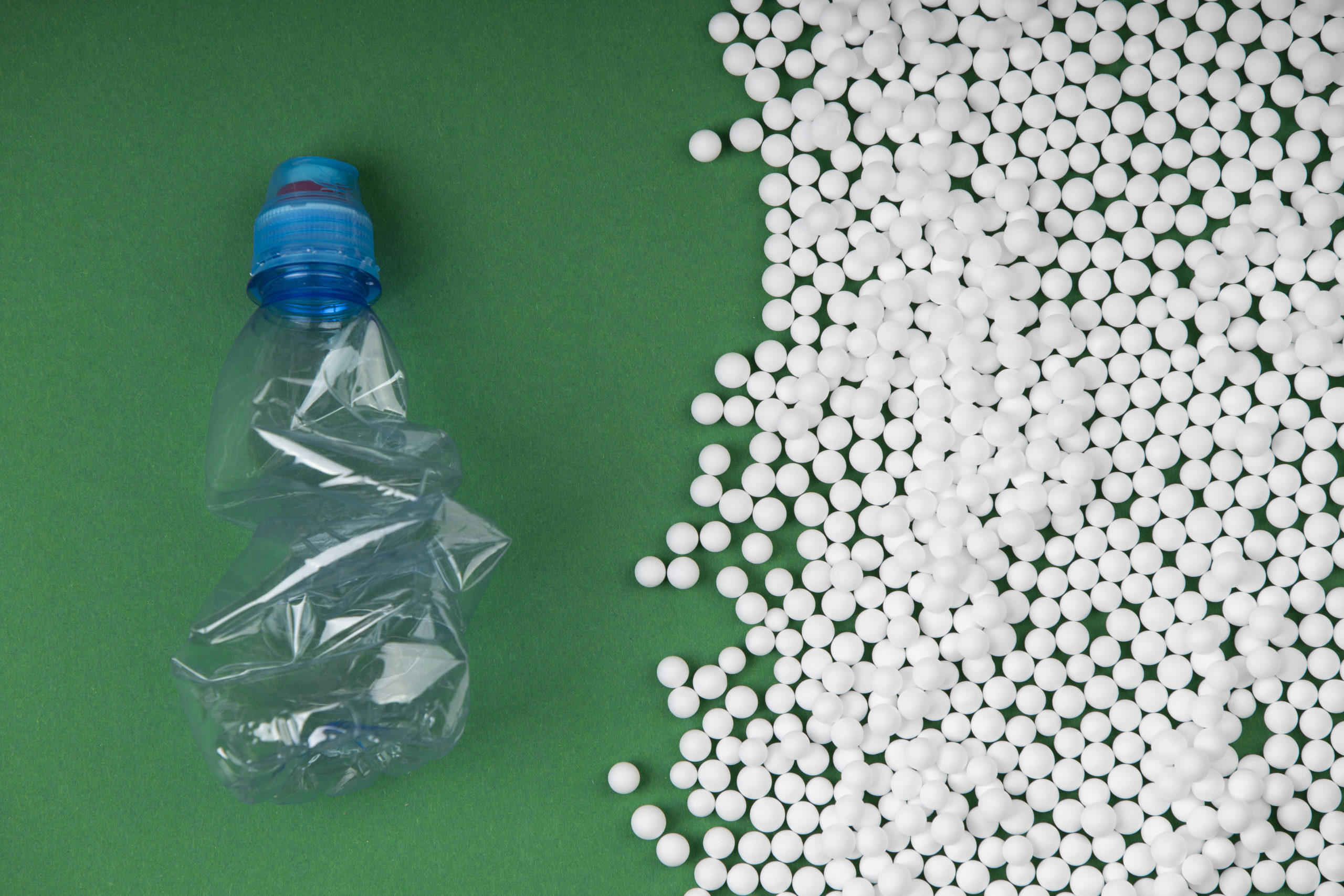All you need to know about plastic pellets
Plastic pellets are commonly used materials in many industrial sectors, such as packaging, automotive, electronics, agriculture and many more. These pellets are made from recycled or virgin plastic raw materials and are processed into finished products such as bottles, bags, auto parts, toys, etc.

Composition of plastic granules
Many plastics are available in granules form for the injection and extrusion industries. Among the most common are polypropylene (PP), polystyrene (PS), polycarbonate (PC), high density polyethylene (HDPE) and low density polyethylene (LDPE).
Each plastic material meets specific requirements in terms of mechanical, thermal, rheological properties, or color (transparency).
What are the advantages of plastic granulates ?
Plastic granulates have several advantages, including their light weight, corrosion resistance and low production cost. They are also easy to mold and can be used in a variety of applications, such as manufacturing automotive parts, packaging and children’s toys.
Plastic granulates have better uniformity and greater dosing accuracy than other forms of raw materials. This improves the quality and reproducibility of finished products.
The homogenization process
Homogenization is a necessary process for the reuse of material. Indeed, recycled plastics often come from different sources and can have different properties in terms of density, viscosity, color, strength, etc. These differences can affect the quality of the granulates produced if the plastics are not properly mixed before the extrusion phase.
The homogenization process can be carried out in different ways:manual or mechanical mixing, in which the recycled plastics are agitated or stirred to ensure homogeneous mixing.
Homogenization is a key step to produce high quality pellets from recycled plastics. It guarantees a uniform composition and constant quality of the granules produced.
The stages of plastic regeneration
Plastic regeneration, also called extrusion or granulation, is a recycling process that involves cleaning, melting and re-molding waste plastic into new raw materials. This recycling process recovers plastic and produces high-end recycled plastic granules.
The plastic regeneration process can be carried out in factories specializing in plastic recycling. This step is possible thanks to equipment such as crushers, extruders and granulators to transform plastic waste into quality granules.
The stages of regeneration:
- Preparation of raw materials: Raw materials, which can be polymers, additives and pigments, are mixed in precise proportions.
- Melting: Materials are fed into an extruder, which passes them through a high-temperature melting zone. This melting zone softens the polymers and blends them with the additives.
- Extrusion: The molten mixture is then pushed through a die to form a continuous shape of molten plastic.
- Filtering: The extruder pushes the liquid material through a filter of a few hundred microns to eliminate residues.
- Cooling: The continuous form is then rapidly cooled using a water cooling system. This solidifies the plastic and makes it brittle.
- Cutting: The solid, brittle form is then cut into small pieces called plastic pellets using a special machine called a granulator.
- Storage: The plastic pellets are then stored in bags or containers for later use.
There are other methods to make plastic pellets, such as wet granulation, compression granulation, pressure granulation, etc. But the extrusion process is the most common and widely used in the plastic industry.
Packaging and storage of plastic granules
For the packaging and storage of plastic granules, it is recommended to use big bags, as well as metal or hard plastic containers. It is also important to store the pellets in a dry, cool place and away from direct sunlight to avoid any risk of moisture or degradation.
Industrial handling of plastic granules
Plastic granules are commonly found in the plastics industry, in extrusion and injection processes. The shape thus obtained is easy to store and handle in various industrial operations: filling, emptying, mixing, etc.
Certain plastic granules (Polyamide or PA, Acrylonitrile butadiene styrene or ABS, Polybutylene terephthalate or PBT, Polymethyl methacrylate or PMMA, etc.) are hygroscopic and must, therefore, undergo pre-drying before handling in order to avoid any related problems to humidity.
